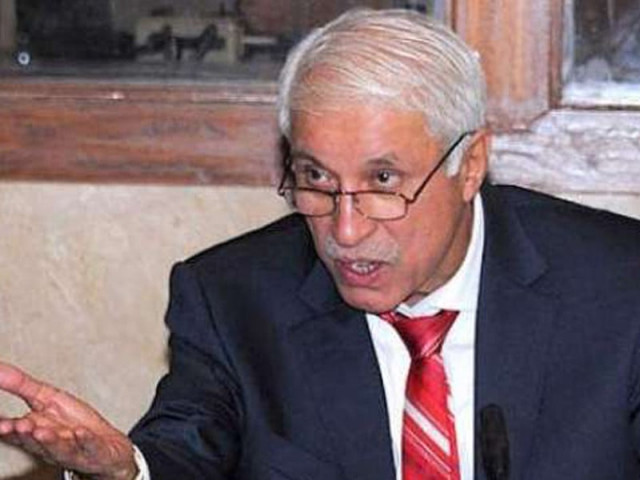The central government’s proposals to reform the Goods and Services Tax (GST) system are bold and timely. They stand to benefit the middle class and the business community, as the government claims. Shifting 99% of the items in the 12% slab to a 5% tax rate, and 90% of the items in the 28% slab to 18% will substantially reduce the tax burden on most consumers. Rationalising the number of slabs and shifting similar products to the same slab will also reduce ambiguity and litigation, which are the major issues businesses have with the current GST setup. Further, while most of the focus has been captured by the rate restructuring proposals, the procedural reforms regarding registration, return filing and refunds are equally important. Simplifying GST is not just about reducing the multiplicity of rates but also about making it easier and less time-consuming for tax-payers to navigate the system. Easing registration, simplifying returns and speeding up refunds, therefore, are welcome improvements the Centre is pursuing. Combined with the new Income Tax Bill and the rejig of income-tax slabs in this year’s Budget, these GST reforms will highlight 2025 as a watershed year for tax reform — direct as well as indirect tax. While the government has not made an official estimate of what the revenue impact of these reductions will be, sources have said that it expects a hit. Two years ago, the Reserve Bank of India had estimated that the average GST rate was 11.6%, which is now expected to fall substantially. However, the government is confident that an increase in consumption and a widening of the tax base will offset most of the revenue loss. With a large number of items set to be taxed at just 5%, the incentives for input tax credit scams and tax evasion will also be substantially removed.
A willingness to risk some amount of revenue in order to boost domestic consumption bodes well for the economy, especially at a time when export demand is faltering due to tariff uncertainties. It remains to be seen how the State governments will react to this proposed revenue surrender. They have already been lobbying the Sixteenth Finance Commission to increase the share of States in central taxes. These tax cuts will also make it even more unlikely that petroleum products — a major source of States’ revenues — will be included in the GST any time soon. Politically, it will be difficult for the States to directly oppose these rate reductions, but they might instead pressure the Centre for compensation once again. Crucially, the Centre will be reaching out to the States over the next few weeks to put forth its case. It is important that their concerns are taken on board as well.
Published – August 19, 2025 12:20 am IST




